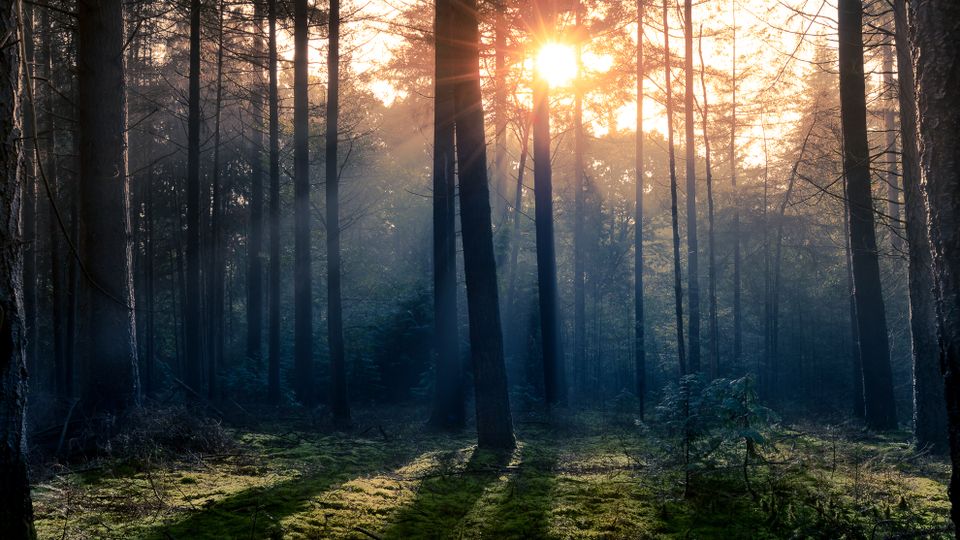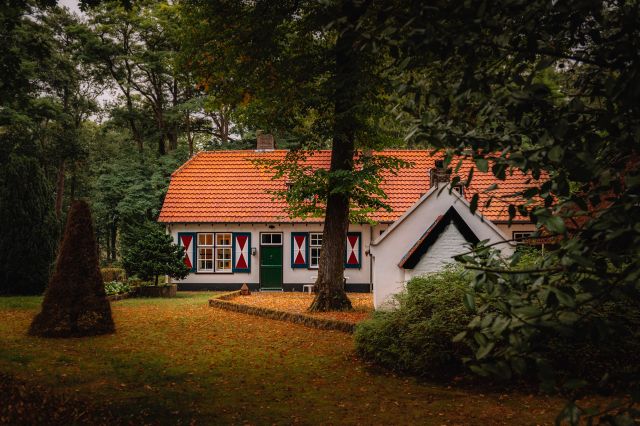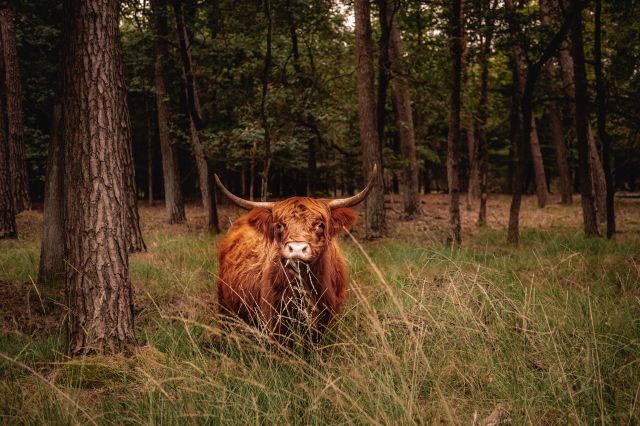Natuurgebied Landgoed Stippelberg | De Rips
Contact
Stippelberg
5764 PA De Rips Plan your route to Natuurgebied Landgoed Stippelberg | De Rips
Earthquakes and peat growth between Gemert and Bakel. Before forestry there was heathland with shifting dunes on the Stippelberg. All kinds of…
Earthquakes and peat growth between Gemert and Bakel. Before forestry there was heathland with shifting dunes on the Stippelberg. All kinds of stories were told about this barren area. The Peelrand fault runs through the Stippelberg nature reserve, a forest planted in the early twentieth century for forestry on sand ridges dating from the last Ice Age. The continental plates that form the earth's surface have broken here. This leads to turmoil in the ground but also to a difference in altitude, sometimes of several meters, at the site of the fault. The eastern plate is higher than the western plate. It is dry in the low part because groundwater in the high part flows against the fault and then has difficulty moving on. It does eventually seep to the surface and is then called wijst. Points is rich in minerals but also nutrient-poor, the recipe for horribly beautiful nature. Back then, the view was that the Peel could only be for forestry because of its very poor soil, where the area consisted entirely of uncultivated sand. In the Middle Ages, farmers cut peat to fertilize their land on the wet parts of the moor. They let their cattle graze on the drier parts, so vegetation had little chance. After the ice age, these dunes could drift so much that in more densely populated areas (with more cattle) even whole villages were pushed under. In the high part the ground is wetter, offers better growth opportunities for the peat that made the Peel such an impenetrable and undeveloped area in the past. The youngest settlements, Elsendorp and De Rips, both lie on the high wet eastern side of the Peel edge fault, the older villages on the low dry side. Iron oxide found in the Stippelberg is recognizable by its orange color. The reason the Peelrand fault is such a barrier also has to do with iron. This is because the soil is highly ferruginous in this area, as can also be seen in the orange color of streams and ditches. Small layers of iron in the groundwater deposit in the soil, especially in places like the Peelrand fault and form impermeable layers of rusting iron and soil, also called iron ore.
During the last Ice Age, some thirty thousand years ago, the ice did not reach as far as Brabant. However, it was an exceptionally cold and dry area because the great glaciers changed the rain patterns. The barren soil congealed on the inclement winds and so large sand ridges were formed, called cover sand ridges that can still be found today in the Stippelberg. Incidentally, that is not the only explanation for the hills here. In popular speech they were also called the Peel giants. The forest area the Stippelberg also has the field names the Beestenveld and Nederheide. These are lands that were purchased separately at the time of the great heath reclamations at the beginning of the twentieth century. The Beestenveld was the first reclamation in the Peel to be carried out by the Nederlandse Heidemaatschappij, a kind of engineering firm, now still operating under the name Arcadis. They did so at the behest of the owner, the banker Abraham Hendrik Ledeboer, who also owned the De Sijp estate. In the vast Stippelberg, however, he had his summer home built, Villa Ledeboer.
Between Gemert and Bakel. Iron ore found in the Stippelberg, recognizable by its orange color. At that time the view was that the Peel could only be intended for forestry because of its very poor soil, where the area consisted entirely of uncultivated sand. In the Middle Ages, farmers used to cut peat to fertilize their land on the wet parts of the heath and let their cattle graze on the drier parts which also meant that overgrowth had little chance. Even after the Ice Age, these dunes could drift to such an extent that in more densely populated areas (with more cattle) even whole villages were submerged.







